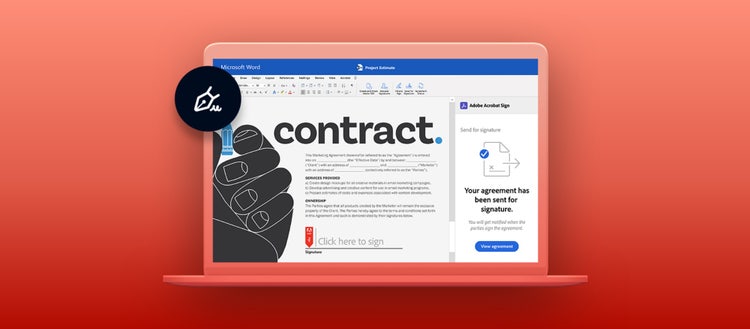CIOs are investing more in digital workflows — and reaping the rewards

The way businesses support employees has changed dramatically in the last few years — and chief information officers (CIOs) are tasked with keeping up.
With employees sent home to work remotely in 2020, businesses had no choice but to shift from paper to digital workflows to get work done. But there’s still more work to do if businesses want to realize the benefits that come with digital processes. By investing in greater digitization, CIOs can help their organizations make the most of data analytics and insights, unlock new business and revenue opportunities, and significantly reduce costs.
In this article
- Increased productivity
- Improved employee and customer experiences
- Better business outcomes
- Transform how work flows
- Tapping Into Advanced Workflows Report
A new report, Tapping Into Advanced Workflows to Grow and Energize Your Business, shows how digital leaders are doing it — and how you can seize the opportunities, too. In partnership with Adobe and Microsoft, Forbes Insights surveyed 602 senior digital and technology executives on the state of digital workflows within their organizations. As chronicled in the report findings, CIOs acknowledged that the pandemic necessitated restructuring of workflows but that there was more to do.
Nearly half (49 percent) of CIOs surveyed said time and operational constraints had led to incomplete or unsatisfactory restructurings, with two-thirds saying they plan to develop their digital document processes further.
Here’s why CIOs are so intent on continuing their investment in digital workflows.
Increased productivity
Currently, less than half of CIOs say their digital document processes are either advanced or leading. This stage is defined as document digitization that is available to everyone and artificial intelligence (AI) that supports orchestration and decision making based on data.
The impact of not having advanced digital processes is often less efficiency and productivity within the organization. About half of CIOs surveyed (51 percent) admitted that legacy workflows were impeding productivity in their organizations.
In the report, 451 Research’s Conner Forrest noted, “As we continue to invest in modern technology, especially through things like automation and artificial intelligence — whether it’s in document workflows or elsewhere — we are making an investment in freeing employees up to work more strategically, to think more creatively.”
This is an important point. As CIOs, our role isn’t just to decide what technology is best, but to implement technology that frees up employees to work as productively and strategically as possible.
Improved employee and customer experiences
When workflows and internal processes are fully digitized, the CIOs surveyed by Forbes say the two most likely outcomes are more efficient employees (65 percent) and higher morale (63 percent).
In the report, Forrest is quoted as saying, “The more we invest in the tools and technologies we use to get our work done, the better engaged our employees are.”
Likewise, Microsoft chief digital officer Andrew Wilson also noted in the report that digitization can have a significant impact on the customer experience. “If employees aren’t spending time scanning and uploading documents or chasing down contracts, they have time for higher-value work — and that work can often directly impact the customer.”
Better business outcomes
Perhaps the most critical reason to invest in digital workflows is the overall impact on business outcomes. Organizations understand there are many benefits related to optimized workflows that may not seem all that obvious.
Nearly four in ten (39 percent) CIOs said the top benefit they expected to see from improving workflow is a better ability to leverage data analytics and insights. The second most-cited benefit (38 percent) was new business or revenue opportunities.
Improving workflows is a strategic investment. Immediate ROI and cost savings can depend on a range of factors including executive and manager buy in, implementation, ongoing service and iteration, and employee usage. While you may not see immediate cost savings at the flip of a switch, better digital processes can set your business up for success and growth in the future.
Transform how work flows
There’s never been a greater need cross-department collaboration, according to 64 percent CIOs. And a key aspect of improving organization-wide collaboration will be removing data silos. Yet only 17 percent of the people that we surveyed said that they had a single source of truth where everyone in the organization could access the knowledge they created.
As organizations look to keep pace not only with customer expectations, but employees’ expectations, optimized workflows are an imperative. Given the proven correlation between happy employees, satisfied customers, and overall business success, it’s more critical than ever that companies prioritize any systems or business processes that improve collaboration between teams and the overall employee experience.
Tapping Into Advanced Workflows Report
What advantages are companies gaining with a greater investment in digital workflows? We surveyed more than 600 senior digital leaders to find out.
Download the report here.